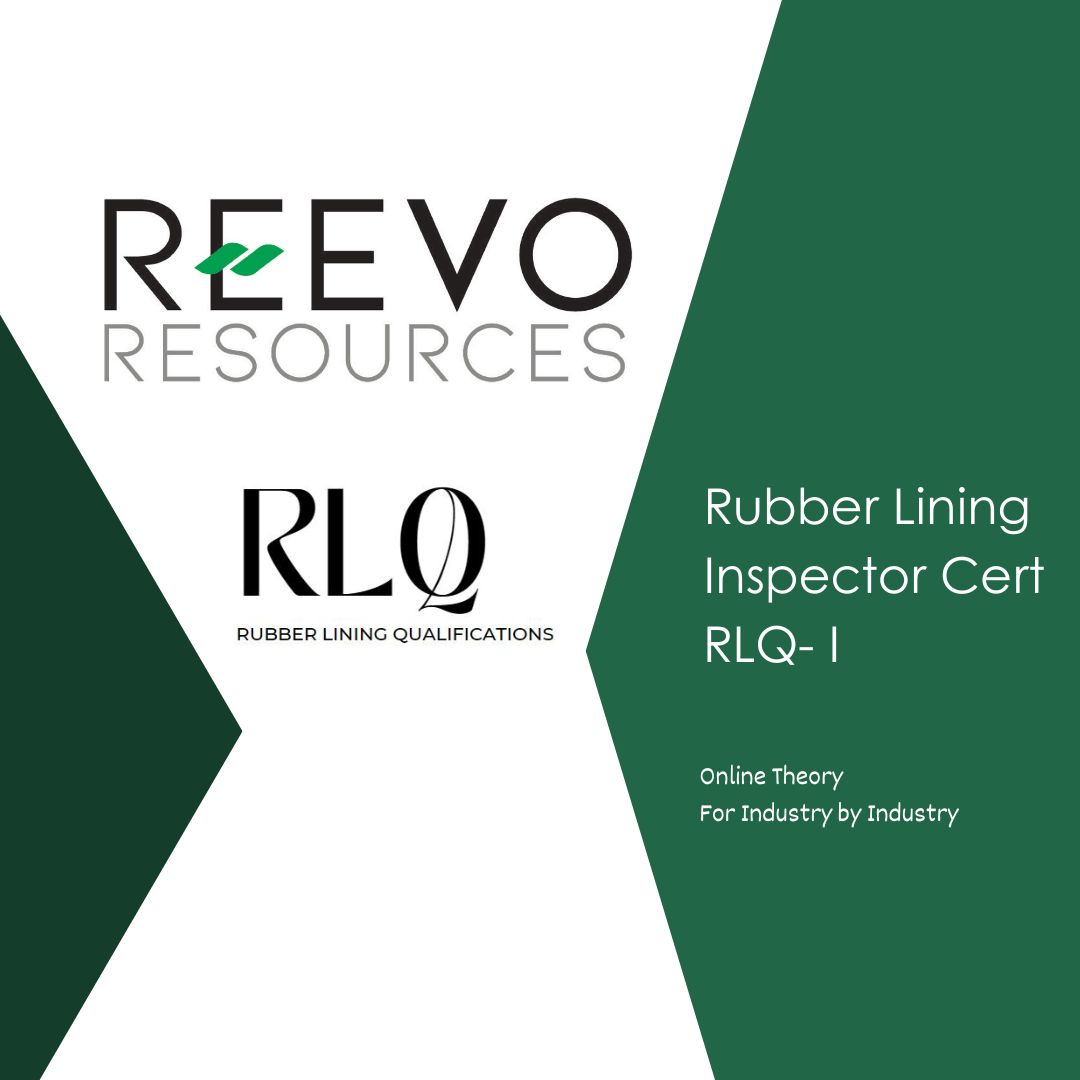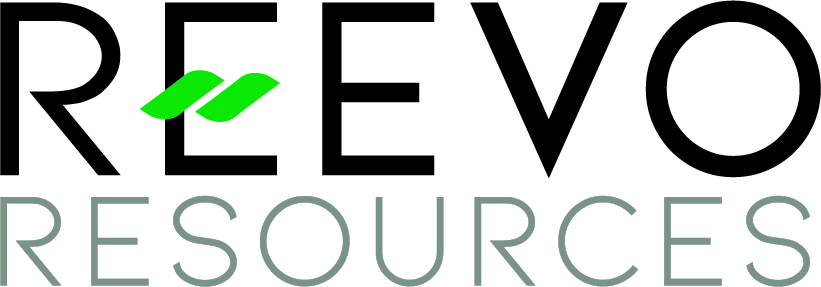Inspecting Rubber Lining – Code # RLQ-I

About Course
Above video: Timelapse video of rubber lining application of a Thickener vessel.
The course “Inspecting Rubber Lining – Code # RLQ-I” is designed to equip participants with a comprehensive understanding of quality assurance and quality control (QA/QC) practices relevant to rubber lining projects. It caters to a diverse audience, including novices, seasoned inspectors, engineers, managers, and AMPP Coating inspectors, offering additional insights and skills verification in rubber lining inspection practices.
Upon successful completion of the course, participants will benefit from the following:
Consistent Outcomes: Participants will gain a clear understanding of QA/QC practices for rubber lining, leading to predictable, efficient, and high-quality project outcomes.
Skills Verification and Verifiable Records: Participants will receive certification verifying their competency in rubber lining inspection practices, providing tangible evidence of their skills and knowledge.
Development of Personnel: The course will enhance participants’ skills and confidence in rubber lining inspection, leading to increased job satisfaction and improved understanding of rubber lining quality management.
Sharing of Knowledge and Innovation: The training will foster greater cohesion in the rubber lining industry, promoting consensus based on industry best practices and shared knowledge. This will encourage innovation and continuous improvement in rubber lining practices.
Scalable Benefits: As the training program becomes more widely adopted, there will be scalability benefits from the consensus of knowledge and development opportunities for participants. This will lead to accelerated growth efficiencies for employers and project stakeholders.
Overall, the course aims to provide participants with the necessary knowledge and skills to ensure high-quality outcomes in rubber lining projects, benefiting all stakeholders involved.
Course Content
Inspecting Rubber Lining
-
1. Introduction to types of Rubber Lining
-
2. Natural & Synthetic Rubber Compounds Used to Manufacture Rubber
-
3. Types of Rubber Lining – Corrosion Protection
-
4. Types of Rubber Lining – Wear Protection
-
5. Chemical Resistance of Rubber Polymers
00:00 -
6. The Main Rubber Lining Application Methods
-
Quiz 1
-
7. Preparation of Steel Substrate before Rubber Lining
-
8. Rubber Lining Tools
-
9. Application of Rubber Lining – Skives, Skive-Joint and Overlap
-
10. Application of Rubber Lining – Climatic Conditions
-
11. Procedures for Hot and Cold bond Rubber Lining
-
Quiz 2
-
12. Rubber Lining Spools, (Pipes) – Basic Steps For Making a Sleeve and Installation
-
13. Hot Lining of a Spool
-
14. Straight Spool Rubber Lining – Inflation Method
-
15. Important Points for Skives-Joints and Overlaps
-
Quiz 3
-
16. Rubber Lining and OH & S
-
17. Hazard Identification and Risk
-
18. Risk Matrix
-
19. Controls to Eliminate Risk
-
20. Rubber Lining Hazard Identification
-
21. JSA and PTW systems
-
22. Effective Communication in Toolbox talks
00:00 -
Quiz 4
-
23. Vulcanisation of Rubber Lining
00:00 -
24. Visual Inspection of Rubber Lining
-
25. QA/QC Procedures for Rubber – Shore Hardness and Dry Film Thickness Testing
-
26. Adhesion testing and Rubber Lining
00:00 -
27. Direct current spark testers, (Continuity Testing)
-
28. Repairing rubber lining defects
-
Quiz 5
-
29. Revision – Steel Substrate and Surface Preparation – Prerequisites
-
30. Revision – Rubber Lining Guidelines
-
31. Permeation and its effects on Rubber Lining
00:00 -
32. Osmosis, blistering and its effects on Rubber Lining
00:00 -
33. Geometry and Preparing Panels for Rubber Lining
-
34. Flow Direction When Applying Rubber Lining
00:00 -
Quiz 6
-
RLQ-I Fact Sheet
00:00
Student Ratings & Reviews
Very well explained. Would recommend this coarse to others.
Overall the content found within this course was comprehensive for people that are unfamiliar with the rubber lining processes.


